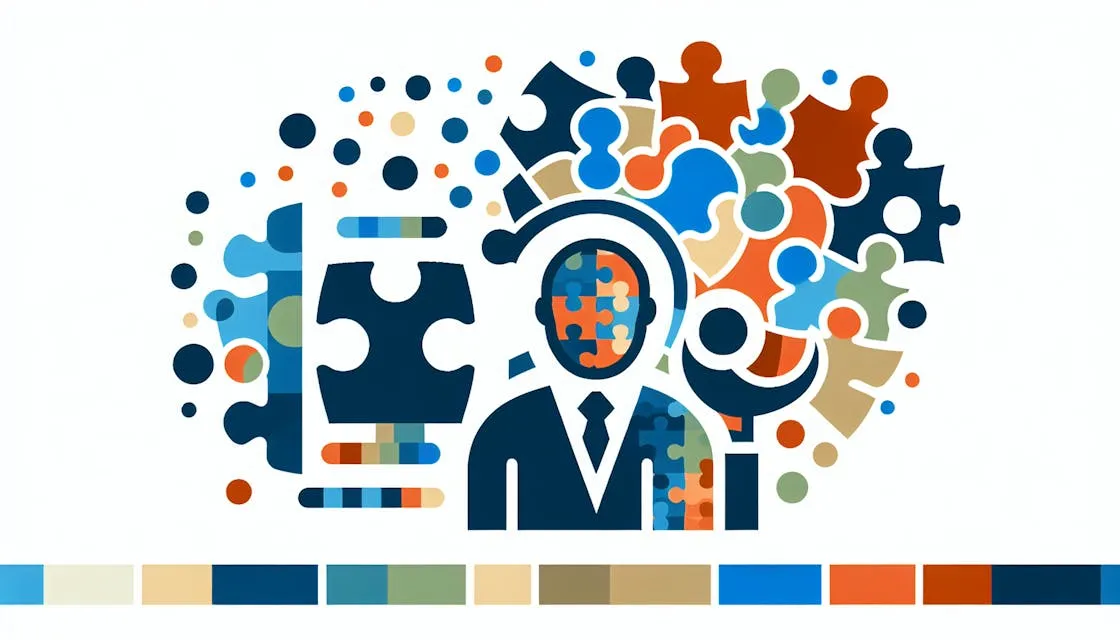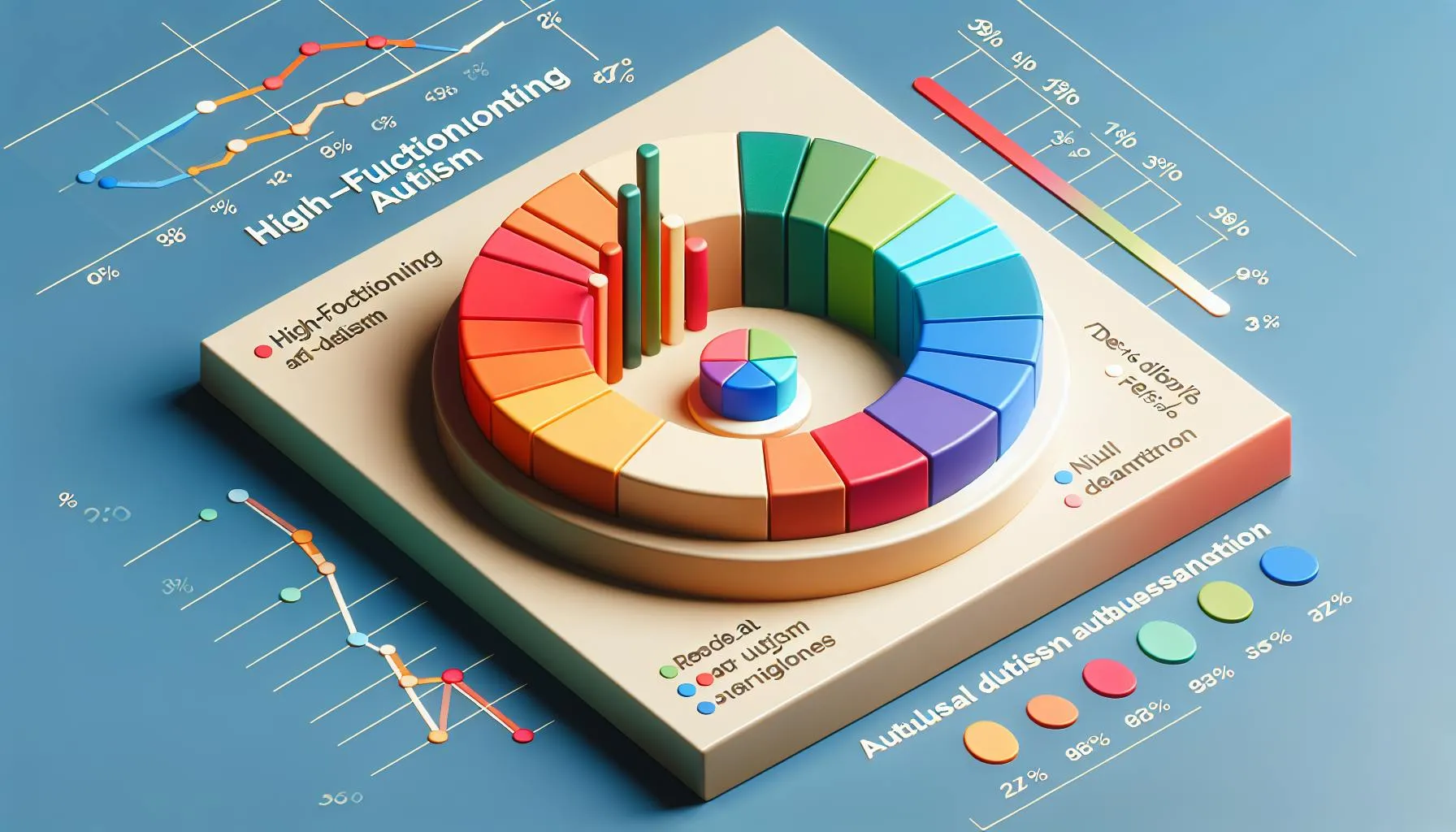Unraveling the Mystery: Is Autism Common in Twins?
Delve into the fascinating world of autism in twins. Discover the prevalence, genetic factors, and global perspective on this complex condition.
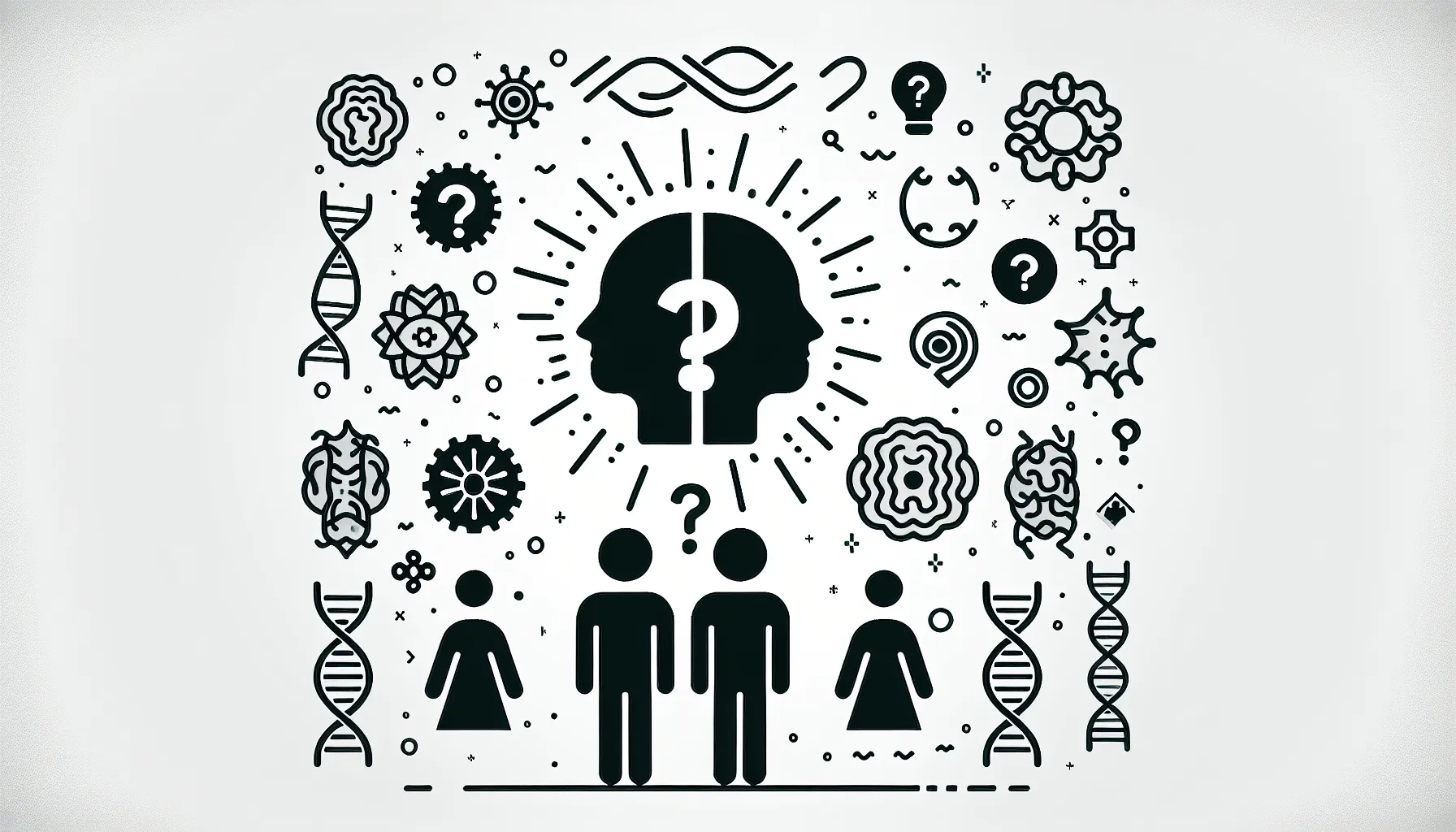
Understanding Autism in Twins
When it comes to autism, there is a growing interest in understanding its occurrence in twins. Twin studies have provided valuable insights into the potential genetic and environmental factors contributing to autism spectrum disorder (ASD). In this section, we will explore the risk of autism in twins and the genetic component of autism.
Risk of Autism in Twins
Studies have shown that the risk of autism in twins is higher compared to the general population, but the increase is not substantial. Research conducted in Western Australia between 1980 and 1995 revealed a twin rate of 30.0/1,000 for autism, slightly higher than the general population's twin rate of 26.3/1,000 during the same period. However, these findings suggest that twinning itself is not a major risk factor in the development of autism [1].
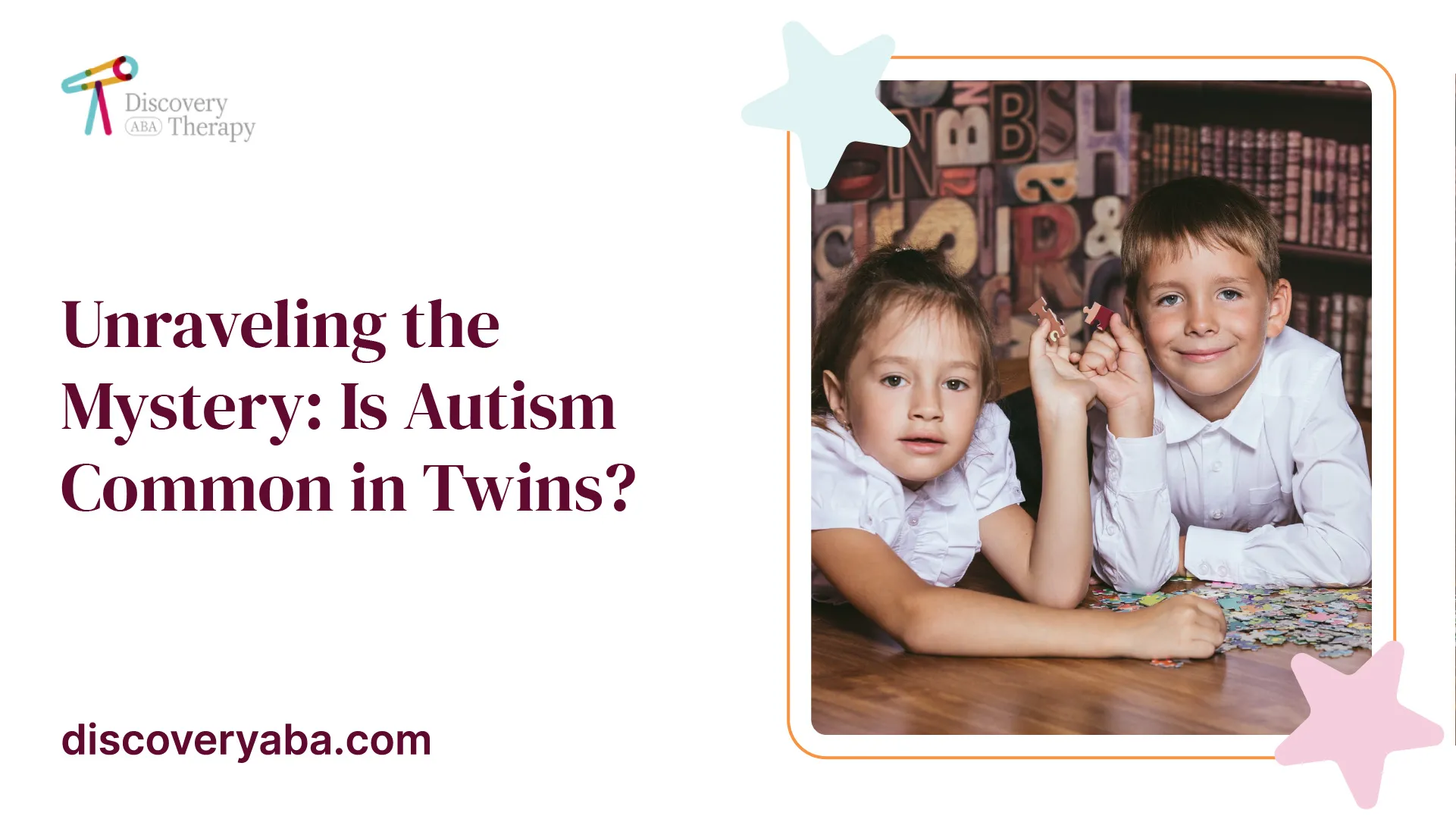
Genetic Component of Autism
The role of genetics in autism is well-established, and twin studies have provided compelling evidence for its influence. Researchers have identified that if one twin has autism, there is a 96% probability that the other twin will also have it. This concordance rate is significantly higher in identical twins (monozygotic or MZ) compared to fraternal twins (dizygotic or DZ).
The increased risk of autism in twins compared to the general population suggests a substantial genetic influence. The ratio between the concordance rate of MZ twins and the sibling recurrence risk ratio in autism is higher than in other disorders, such as insulin-dependent diabetes mellitus. This indicates a greater genetic contribution to autism.
While genetics play a significant role, it's important to note that environmental factors also contribute to the development of autism. The combined sample size of population-based studies suggests that the increase in autism risk among twins cannot fully explain the difference in concordance rates between MZ and DZ twins. This further supports the notion that genetic factors play a substantial role in autism.
Understanding the risk and genetic component of autism in twins provides valuable insights into the complex nature of the disorder. Continued research and exploration of genetic and environmental factors are essential for enhancing our understanding of autism spectrum disorder and developing effective interventions and support for individuals with autism and their families.
Factors Influencing Autism Development
Understanding the factors that contribute to the development of autism is essential in unraveling the mysteries surrounding this complex condition. While the exact causes of autism spectrum disorder (ASD) are still being explored, research has shed light on several influential factors. These factors include the interplay between genetics and environmental influences, the impact of specific gene variants, and the role of environmental exposures.
Heritability and Environmental Factors
Research suggests that autism has a significant genetic component. A study of more than 2 million people in five countries estimated the heritability of ASD to be approximately 80%. This indicates that genetic factors play a substantial role in the development of autism. However, it's important to note that heritability does not mean that autism is solely determined by genetics. Environmental factors also contribute to the risk and expression of ASD.
Environmental factors that may influence autism development include exposure to certain infections or medications during pregnancy, very low birth weight, maternal obesity, and older parental age at the time of conception. While these factors have been associated with an increased risk of autism, further research is needed to fully understand their impact.
Impact of Specific Gene Variants
Researchers have identified specific gene variants that can contribute to the risk of autism. Some of these variants are inherited from parents, while others can occur spontaneously during a person's lifetime. However, it's important to note that routine testing for these common gene variants is not clinically recommended, as they do not reliably predict autism.
Genetic research has provided valuable insights into the biological mechanisms underlying autism. It has revealed that abnormalities in genes involved in brain development, synaptic function, and neuronal communication can contribute to the development of ASD. However, the interplay between these gene variants and environmental factors is complex, and further research is needed to fully unravel the genetic underpinnings of autism.
Role of Environmental Exposures
Environmental exposures during pregnancy and early childhood have been a subject of interest in autism research. However, it is crucial to dispel the myth that vaccines, such as the measles, mumps, and rubella (MMR) vaccine, cause autism. Multiple studies have found no evidence linking MMR vaccination to autism, even in children with a high likelihood of developing the condition.
While certain environmental factors have been associated with an increased risk of autism, more research is needed to establish causal relationships. Scientists are actively investigating the potential impact of factors such as prenatal infections, exposure to certain medications, and maternal health conditions on autism development. It is important to continue advancing our understanding of these environmental influences to better support individuals with autism.
By exploring the interplay between genetics and the environment, as well as the impact of specific gene variants and environmental exposures, researchers are making significant strides in unraveling the mysteries of autism. This knowledge can pave the way for early identification, improved interventions, and enhanced support for individuals on the autism spectrum.
Twin Studies on Autism
Twin studies play a crucial role in unraveling the mysteries of autism and understanding its genetic and environmental components. By examining the concordance rates, symptoms variation, and autism traits in identical twins, researchers gain valuable insights into the complex nature of autism.
Concordance Rates in Identical Twins
Identical twins, also known as monozygotic (MZ) twins, share the same genetic makeup as they develop from a single fertilized egg. Studies have shown that if one twin has autism, there is a high probability that the other twin will also have it. In fact, researchers have found that the concordance rate for autism in identical twins is approximately 96% [2].
Comparatively, fraternal twins, also known as dizygotic (DZ) twins, share about 50% of their genetic material, similar to non-twin siblings. The concordance rate for autism in fraternal twins is lower than that of identical twins, indicating a stronger genetic influence in the development of autism.
Symptoms Variation in Identical Twins
While identical twins share the same genetic predisposition to autism, they may exhibit varying symptoms. It is not uncommon for one twin to show symptoms earlier or more prominently than the other. The severity of autism symptoms can also differ between identical twins, despite their shared genes. This suggests that factors beyond genetics, such as environmental influences, contribute to the expression and progression of autism.
Autism Traits in Identical Twins
Research indicates that identical twins with autism typically exhibit different traits and symptoms compared to identical twins without autism. In contrast, the likelihood of twins without autism developing similar traits and symptoms is higher. This suggests that while genetics play a significant role in autism, other factors contribute to the unique characteristics observed in individuals on the autism spectrum.
By studying concordance rates, symptoms variation, and autism traits in identical twins, researchers gain valuable insights into the complex interplay between genetics and environmental factors in the development of autism. These studies help shed light on the factors that contribute to the risk of autism and the unique manifestations of the condition in individuals.
Prevalence of Autism in Twins
Understanding the prevalence of autism in twins is essential for unraveling the mysteries surrounding this complex disorder. In this section, we will explore the probability of both twins having Autism Spectrum Disorder (ASD), the differences between identical and fraternal twins, and the likelihood of autism in siblings.
Probability of Both Twins Having ASD
Research has shown that if one twin has autism, there is a high probability that the other twin will also have it. In fact, studies have identified a 96% probability of both identical twins being diagnosed with ASD when one twin is affected. This suggests a strong genetic influence on the development of autism.
For fraternal twins, the probability of both twins developing ASD is lower than that of identical twins. It is estimated to be around 34% for same-gender fraternal twins and 18% for opposite-gender fraternal twins. This difference in probabilities further supports the role of genetics in autism development.
Differences Between Identical and Fraternal Twins
When it comes to autism in twins, there are notable differences between identical (monozygotic) and fraternal (dizygotic) twins. Identical twins have a higher likelihood of being diagnosed with autism compared to fraternal twins [3].
Identical twins on the spectrum may exhibit varying symptoms, with one twin potentially showing symptoms earlier than the other. The severity of autism symptoms can also differ between identical twins, despite sharing the same genes. These variations suggest that factors beyond genetics, such as environmental influences, may contribute to the expression and progression of autism.
Likelihood of Autism in Siblings
Autism has a high heritability rate, with an estimated 85% chance of being carried into future generations. Approximately 1 in 5 siblings of a child with ASD is at risk of developing ASD as well [2]. The likelihood of autism in siblings is even higher for identical twins with ASD, further highlighting the significant genetic component of the disorder.
It is important to note that while the prevalence of autism is higher in twins compared to singletons, the increase is modest and cannot solely account for the difference in concordance rates between identical and fraternal twins. This suggests that genetic factors play a substantial role in autism development.
By understanding the prevalence of autism in twins and siblings, we can gain valuable insights into the genetic and environmental factors influencing the development of this complex disorder. Further research is needed to explore the intricate interplay between genes and the environment to enhance our understanding of autism and pave the way for effective interventions and support for individuals and families affected by ASD.
Global Perspective on Autism
Understanding the global prevalence of autism is essential for gaining insights into the impact of this developmental disorder. Let's explore the worldwide prevalence of autism, as well as its specific prevalence in the United States and the disparities that exist in autism prevalence.
Worldwide Prevalence of Autism
According to the World Health Organization (WHO), it is estimated that approximately 1 in 100 children worldwide has autism spectrum disorder (ASD) WHO. However, reported prevalence varies across studies, and some well-controlled studies have reported figures that are substantially higher. The global prevalence of autism reflects the growing recognition and understanding of the disorder.
ASD Prevalence in the United States
In the United States, the Centers for Disease Control and Prevention (CDC) provides valuable insights into the prevalence of autism. The most recent data from the Autism and Developmental Disabilities Monitoring (ADDM) Network indicate that the prevalence of ASD among 8-year-old children was estimated to be 1 in 36 (2.8%) in 2023, an increase from the previous estimate of 1 in 44 (2.3%) in 2018.
It's important to note that these figures represent data collected from 11 communities in the ADDM Network and may not be representative of the entire United States. However, they provide crucial information about the prevalence of autism in specific communities.
Disparities in Autism Prevalence
Autism prevalence in different communities within the United States can vary. The ADDM Network data show variations in prevalence, ranging from 1 in 43 (2.3%) children in Maryland to 1 in 22 (4.5%) in California. These differences can be attributed to variations in local policies and models for diagnosing and intervening in autism cases.
Furthermore, the CDC's data reveal disparities in autism prevalence among different racial and ethnic groups. The prevalence of autism among Asian, Black, and Hispanic children in 2020 was at least 30% higher compared to 2018, with White children showing a 14.6% increase in prevalence. This indicates an improvement in screening and services for historically underserved groups and highlights the need for continued efforts to address disparities in autism diagnosis and support.
It's worth noting that the overall prevalence of autism is higher for boys than girls. However, this report from the CDC is the first to show that the prevalence of autism among 8-year-old girls had exceeded 1%. Disparities also exist in the co-occurring intellectual disability, with a higher percentage of Black children with autism showing intellectual disability compared to other racial groups.
Understanding the global perspective on autism, as well as its prevalence within specific countries and communities, provides valuable insights into the impact of this disorder. It helps guide efforts to improve diagnosis, intervention, and support for individuals with autism and their families.
Addressing Autism Challenges
When it comes to autism, there are various challenges that need to be addressed to ensure individuals on the spectrum receive the necessary support and care. In this section, we will explore some of these challenges, including barriers to healthcare access, the impact of COVID-19 on autism diagnosis, and efforts for managing autism.
Barriers to Healthcare Access
Autistic individuals may face barriers when it comes to accessing healthcare services. One common barrier is the inadequate knowledge and understanding of autism by healthcare providers, which may result in misdiagnosis or delayed diagnosis. The World Health Organization emphasizes the need for comprehensive and coordinated efforts to address autism spectrum disorders (ASD) and other developmental disabilities, as supported by over 60 countries.
It is crucial to improve healthcare provider education and awareness about autism to ensure accurate and timely diagnoses, appropriate treatment plans, and support for individuals on the autism spectrum and their families. By addressing these barriers, healthcare access for autistic individuals can be improved.
Impact of COVID-19 on Autism Diagnosis
The COVID-19 pandemic has had an impact on various aspects of healthcare, including the diagnosis of autism. Disruptions in the early detection of autism were observed among 4-year-old children in the same 11 communities during the pandemic. These disruptions led to delays in evaluations and identifications of ASD in young children, particularly during the early months of the pandemic when access to childcare and healthcare services was impacted.
Efforts should be made to address the challenges posed by the pandemic and ensure that individuals with autism continue to receive timely and appropriate evaluations and support. This may involve implementing telehealth services, providing resources for at-home evaluations, and supporting families in accessing necessary services and therapies.
Efforts for Managing Autism
Managing autism involves a comprehensive approach that considers individual needs, strengths, and challenges. It is important to implement strategies and interventions that support individuals with ASD in various aspects of their lives, including education, social interactions, and daily living skills.
Efforts for managing autism may include:
- Early intervention programs: Early identification and intervention can significantly improve outcomes for individuals with autism. These programs focus on providing therapy and support tailored to the specific needs of each individual.
- Individualized education plans: Education plans that address the unique learning styles and needs of individuals with autism can help create a supportive learning environment.
- Behavioral therapies: Behavioral therapies, such as Applied Behavior Analysis (ABA), can help individuals with autism develop social, communication, and behavioral skills.
- Support services: Providing access to support services, such as speech therapy, occupational therapy, and social skills training, can enhance the overall well-being and quality of life for individuals with autism.
- Community inclusion: Promoting inclusion and creating supportive environments in schools, workplaces, and communities can help individuals with autism thrive and reach their full potential.
By implementing these efforts and continuously advancing our understanding of autism, we can improve the lives of individuals on the autism spectrum and ensure they receive the necessary support and resources to lead fulfilling lives.
References
- [1]: https://www.sciencedirect.com/science/article/pii/S0002929707603772
- [2]: https://spectacokids.com/autism-in-twins/
- [3]:https://www.ncbi.nlm.nih.gov/pmc/articles/PMC378547/#:~:text=Were%20twins%20more%20likely%20to%20be%20diagnosed%20with%20autism%20than%20singletons%3F&text=Our%20results%20are%20in%20good,shares%20the%20same%20environmental%20exposures.
- [4]: https://www.who.int/news-room/fact-sheets/detail/autism-spectrum-disorders
- [5]: https://www.cdc.gov/media/releases/2023/p0323-autism.html
Does Your Child Have An Autism Diagnosis?
Learn More About How ABA Therapy Can Help
Find More Articles
Contact us
North Carolina, Nevada, Utah, Virginia
New Hampshire, Maine
Arizona, Colorado, Georgia, New Mexico, Oklahoma, Texas
.avif)



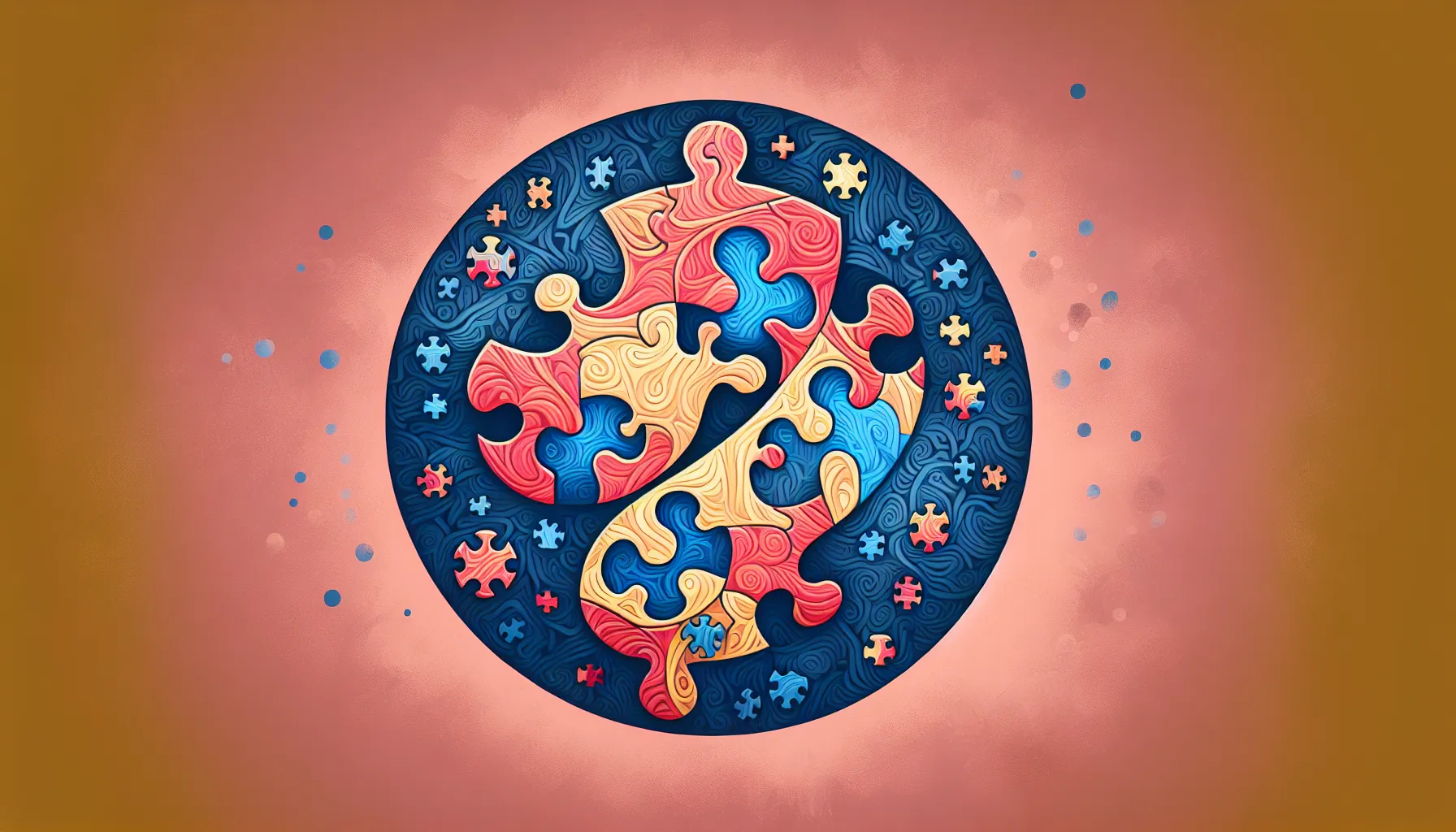





































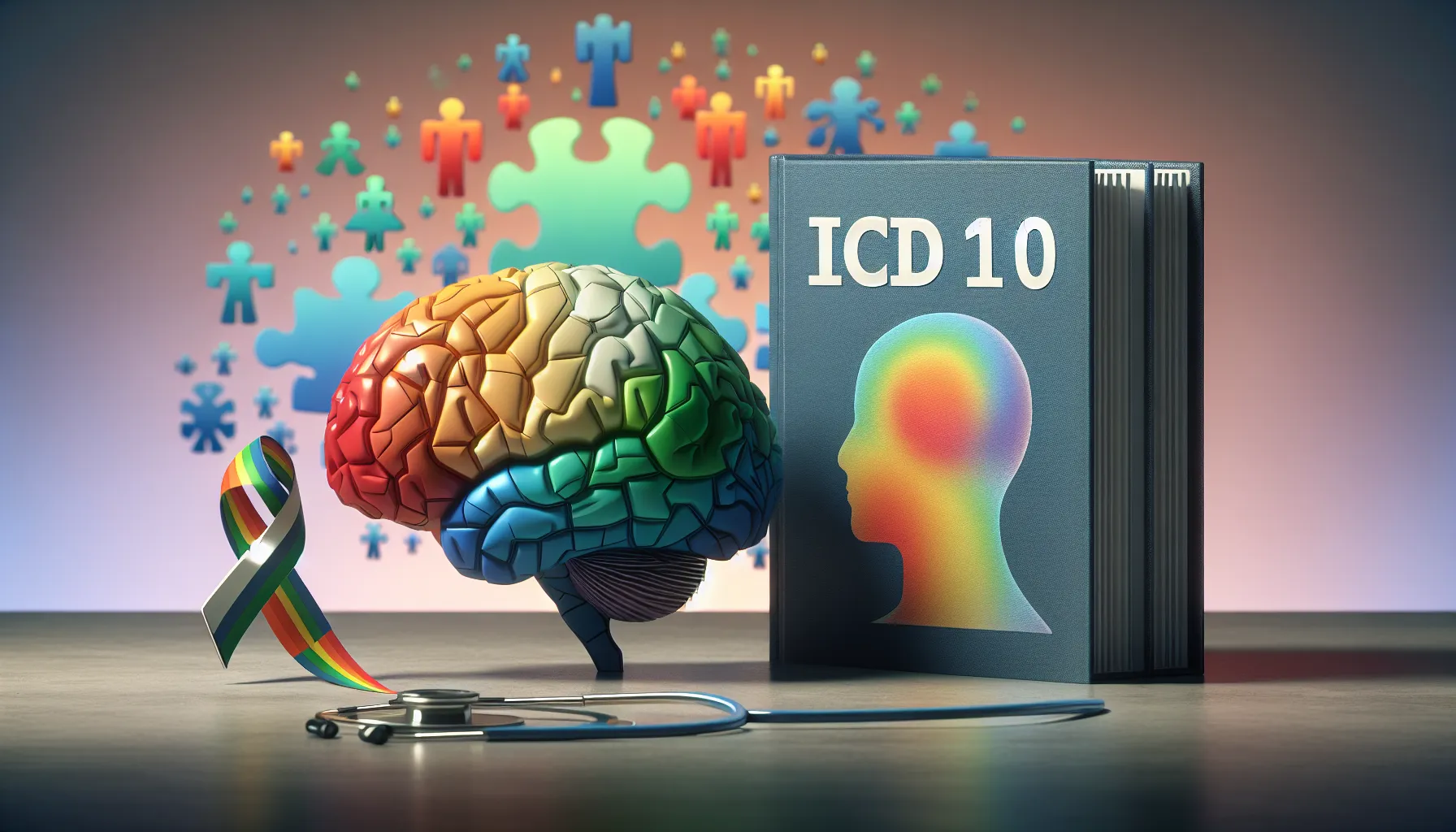
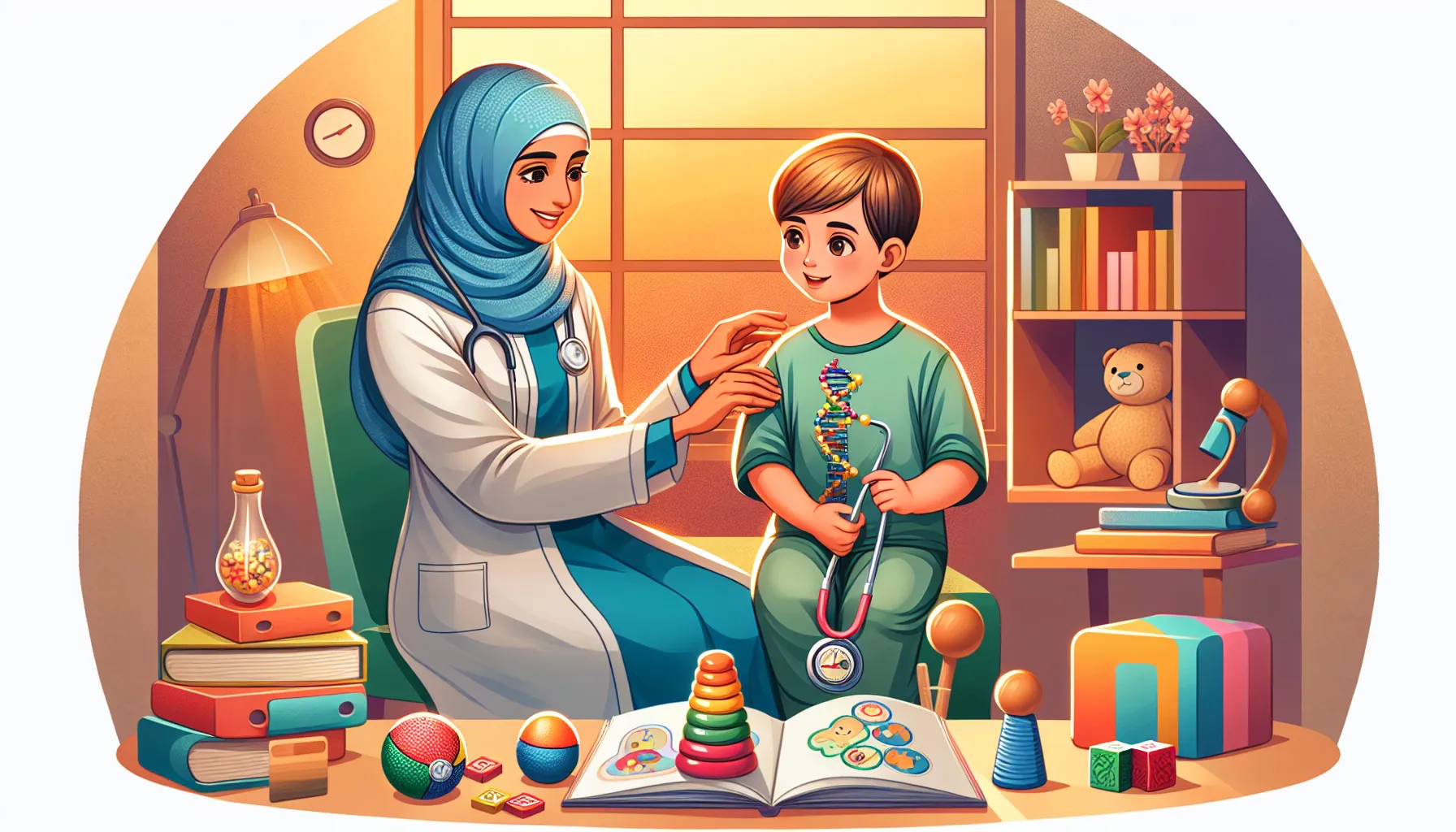


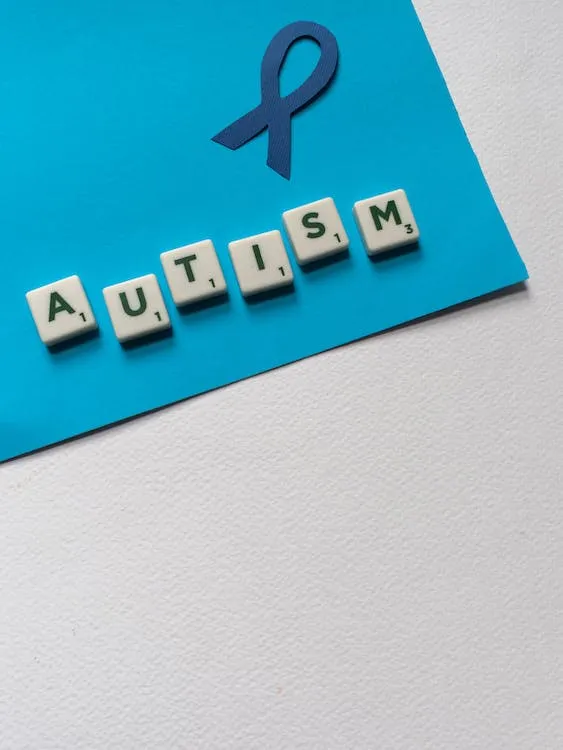





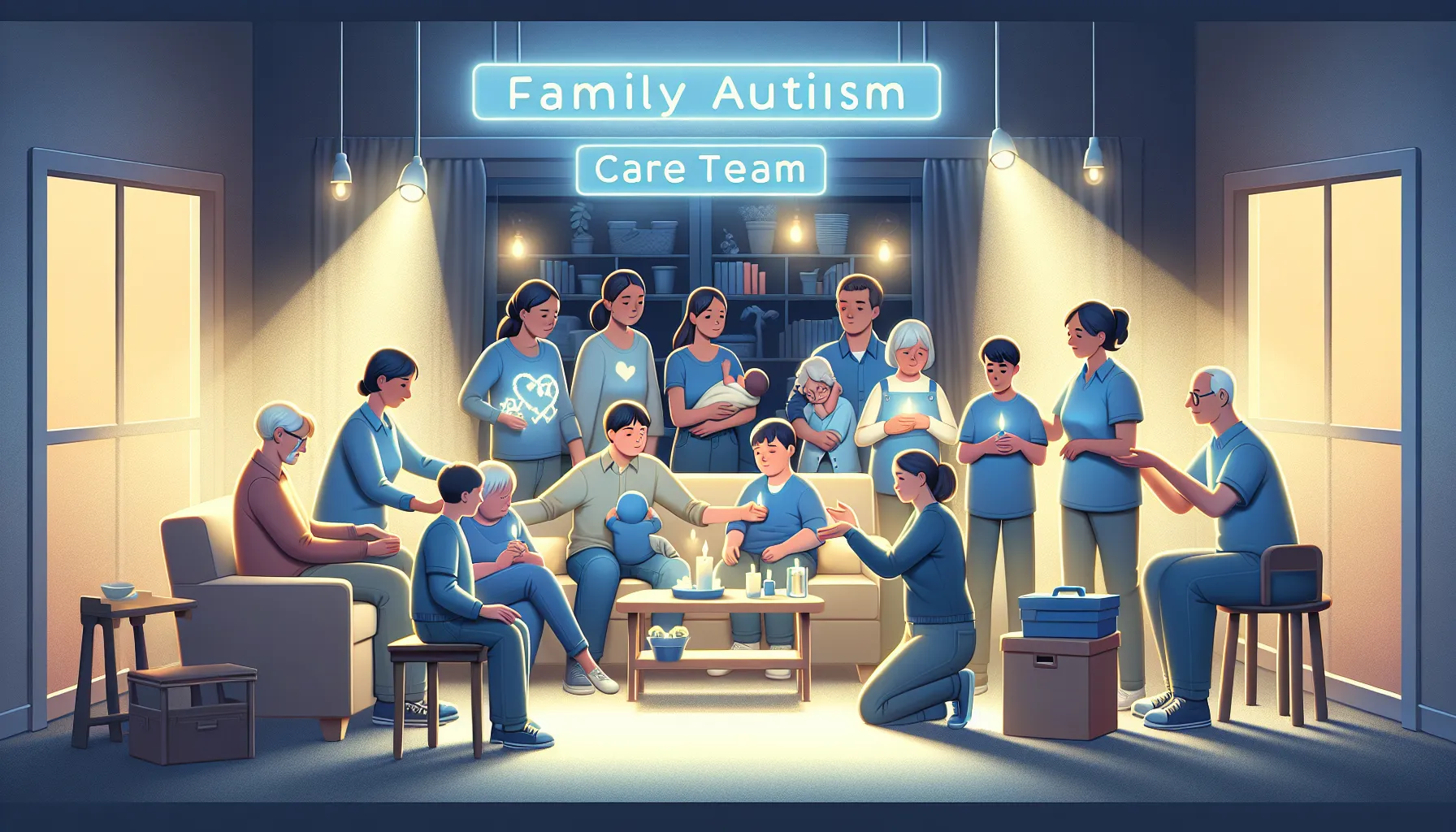








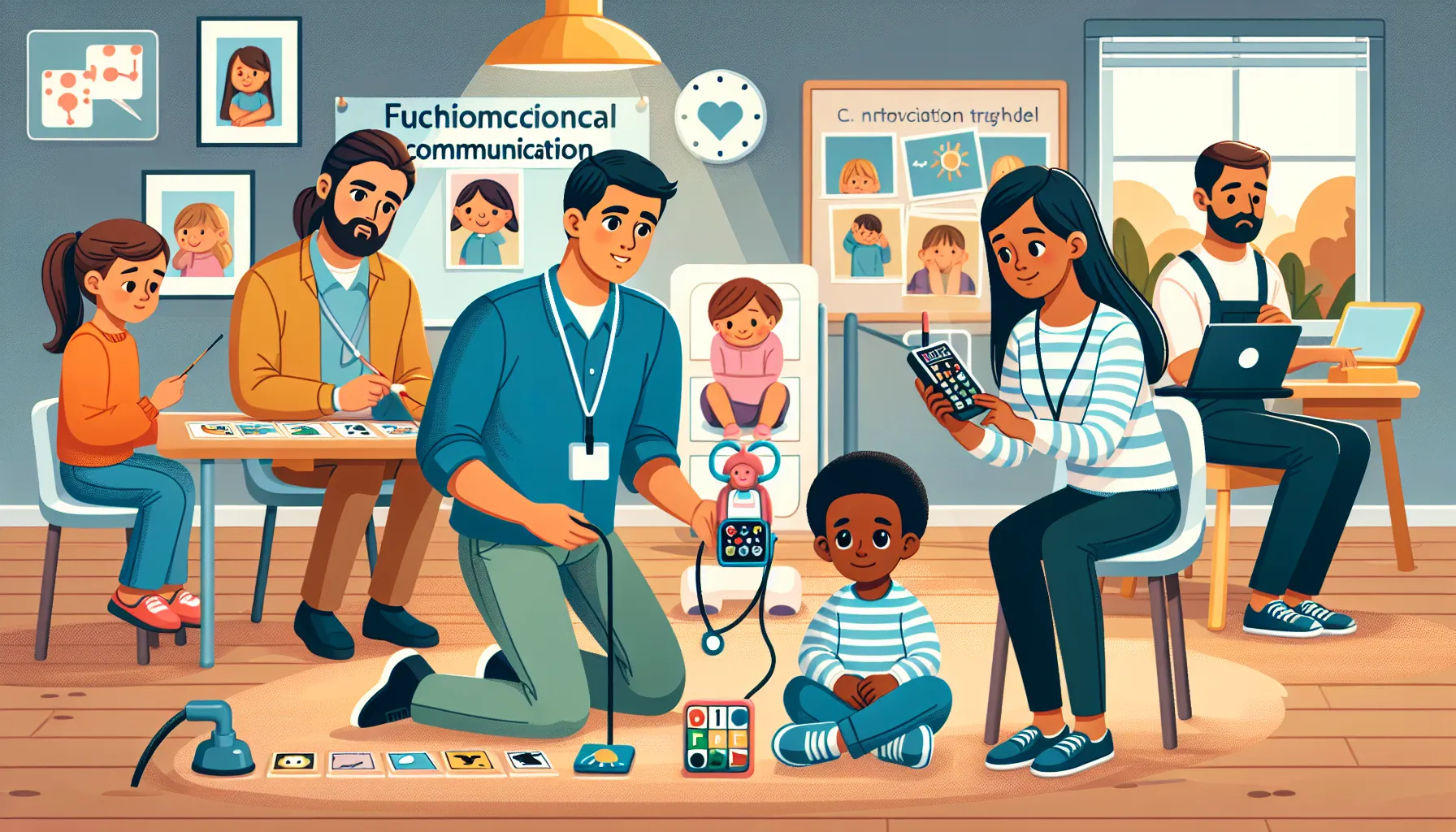


.webp)




















